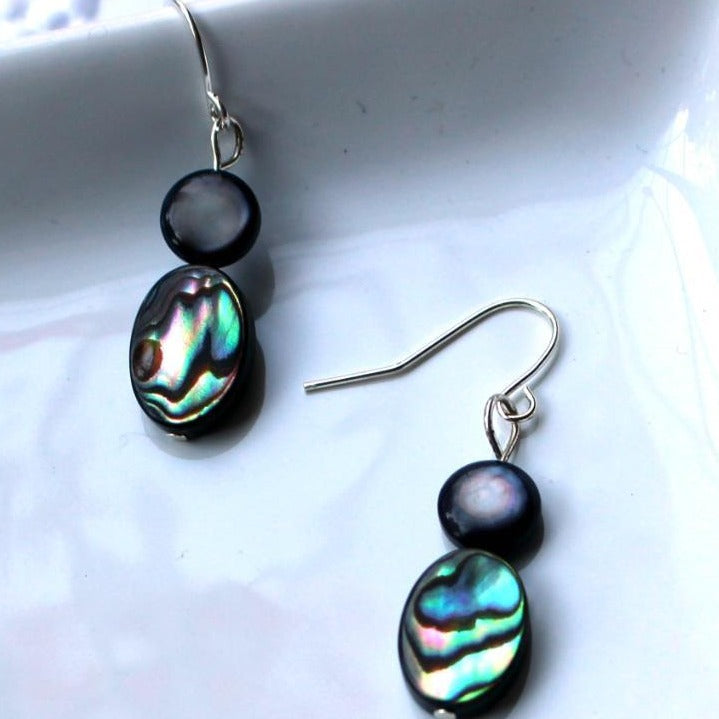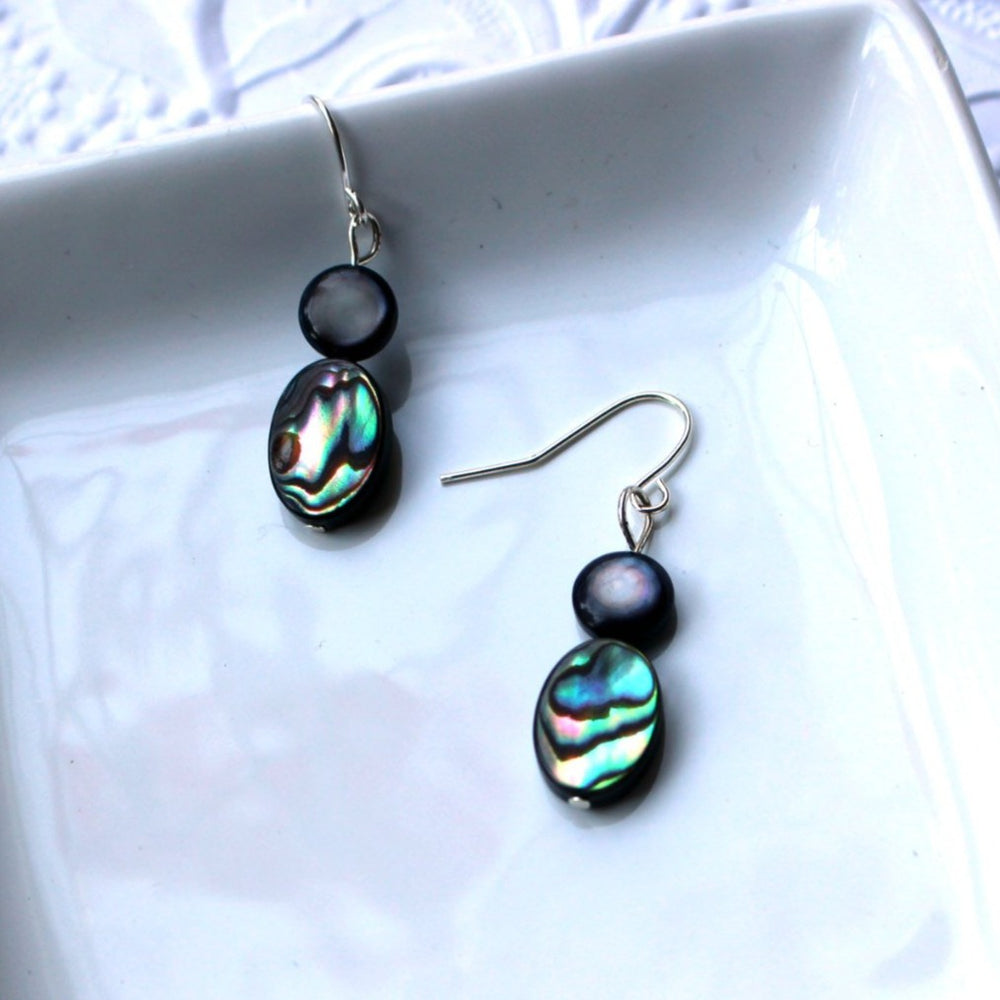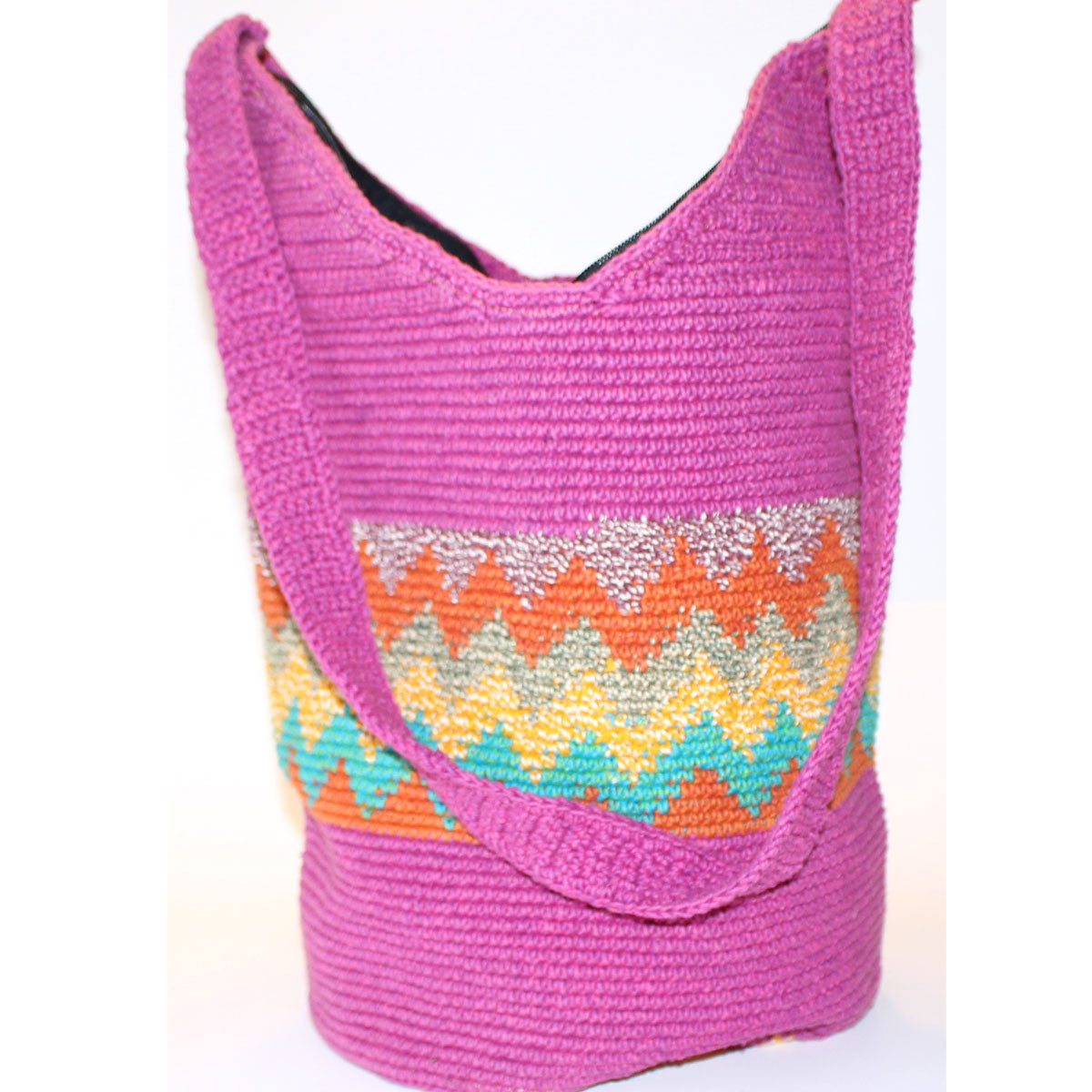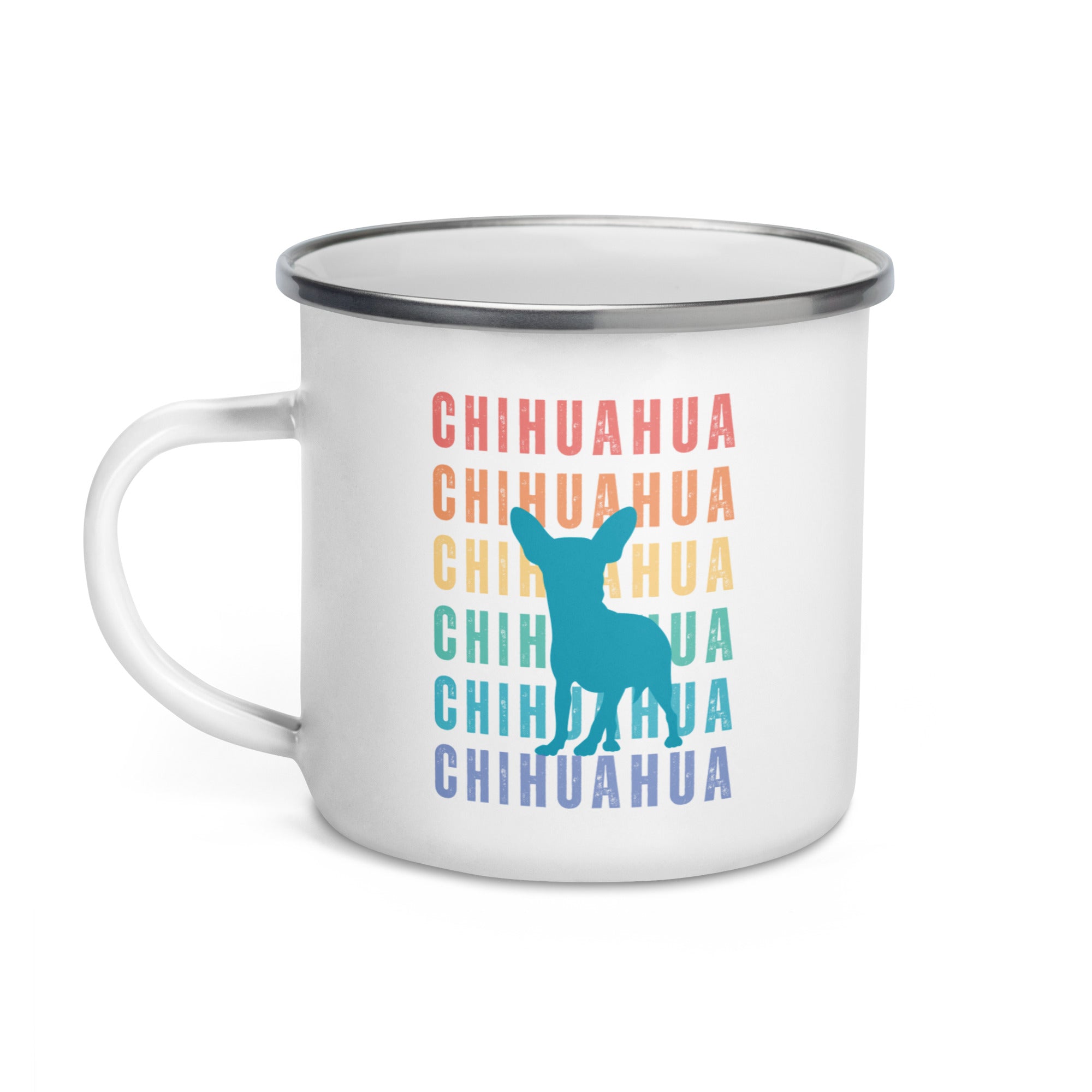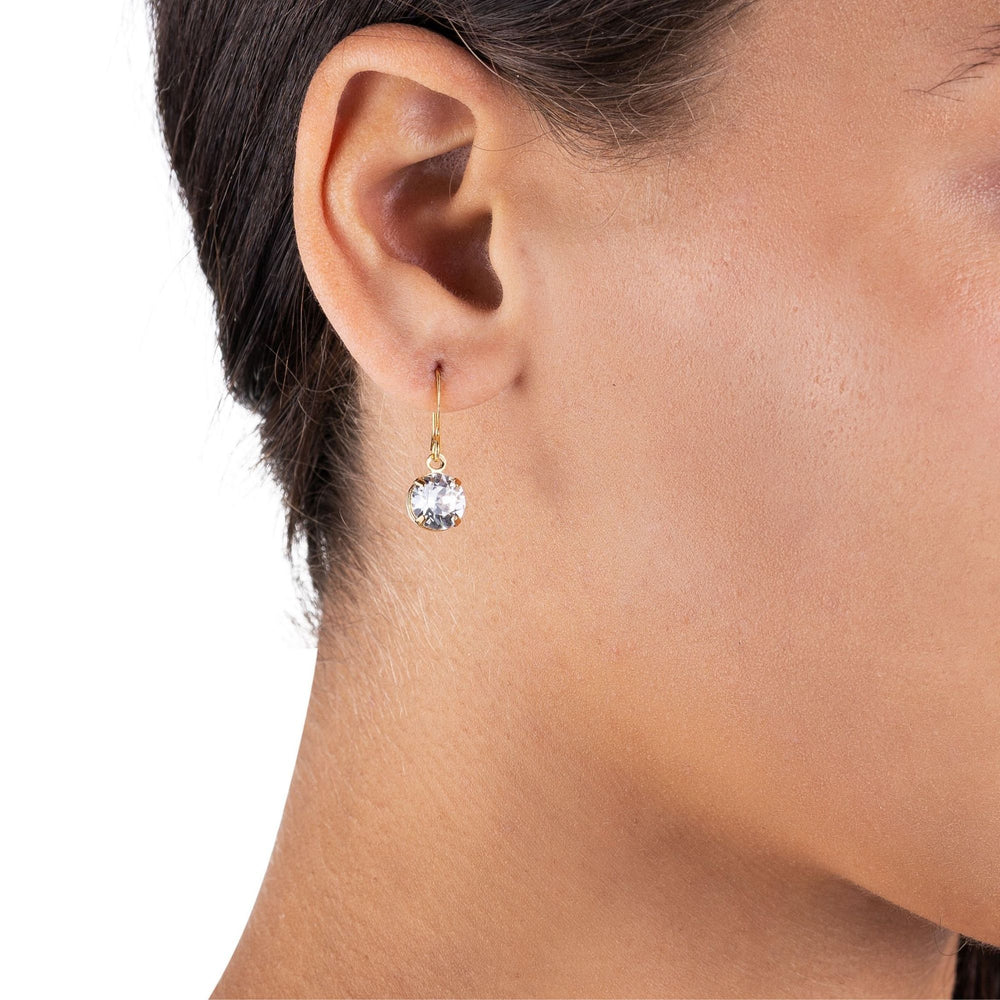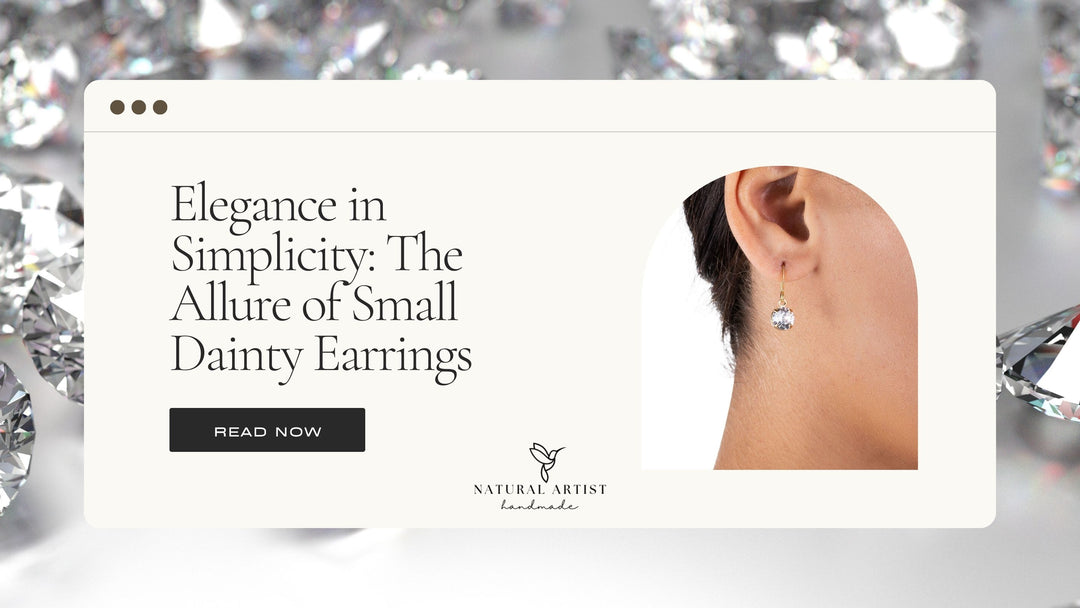What Is Coconut Jewelry?
Unveiling the Beauty of Coconut Jewelry: Nature's Treasure Transformed
Jewelry has been an essential part of human culture and self-expression for millennia. From precious gemstones to metals, jewelry comes in various forms and materials. However, one unique and sustainable option gaining popularity in recent years is coconut jewelry. Crafted from the versatile coconut palm tree, this jewelry not only showcases the beauty of nature but also reflects a growing awareness of eco-friendly and socially responsible choices.
The Origins of Coconut Jewelry
Coconut jewelry has its roots in the tropical regions where coconut palm trees thrive. These areas, including countries like Indonesia, the Philippines, and India, have a rich tradition of using every part of the coconut tree for various purposes. The husk, shell, and wood of the tree have been used for building materials, utensils, and crafts for centuries. The practice of making jewelry from coconuts likely emerged from this resourceful culture.
The Production Process
The production of coconut jewelry involves several intricate steps, demonstrating the craftsmanship of artisans. Here's a brief overview of the process:
Harvesting: The process begins with the collection of mature coconuts. The outer husk is removed to reveal the hard, brown coconut shell.
Drying and Cleaning: The coconut shells are then thoroughly dried to remove any moisture. This step helps prevent the jewelry from warping or cracking over time. After drying, the shells are cleaned to remove any residual coconut meat.
Cutting and Shaping: Skilled artisans cut the shells into various shapes and sizes, depending on the desired jewelry piece. This can include pendants, earrings, bracelets, and more.
Carving and Polishing: Intricate designs are carved onto the coconut shell pieces using traditional tools. The carvings can depict anything from abstract patterns to intricate motifs inspired by nature. After carving, the pieces are polished to achieve a smooth, glossy finish.
Assembling: Once the individual components are ready, they are assembled into complete jewelry pieces using sustainable materials like natural fibers, coconut beads, or metal findings.
The Significance of Coconut Jewelry
Coconut jewelry carries a unique significance in today's world for several reasons:Sustainability: Coconut jewelry is environmentally friendly, as it utilizes a natural and renewable resource. Coconut palms require minimal maintenance and do not deplete the soil, making them a sustainable choice for jewelry production.
Empowering Local Communities: The production of coconut jewelry often involves local artisans and communities in tropical regions. By supporting these craftsmen, consumers contribute to economic empowerment and sustainable livelihoods.
Unique Aesthetic: The natural beauty of coconut shell, with its rich brown hues and intricate grain patterns, adds a distinctive aesthetic to each piece of jewelry. The carvings also often incorporate traditional designs, connecting wearers to the culture and heritage of the regions where coconut jewelry is crafted.
Versatility: Coconut jewelry is versatile and can be incorporated into various styles, from casual boho-chic to elegant and formal ensembles. It complements a wide range of fashion choices, making it a versatile addition to anyone's jewelry collection.
Coconut jewelry, born from the resourcefulness of tropical regions, has made a notable mark in the world of sustainable fashion. Its eco-friendly production process, unique aesthetic appeal, and significance in supporting local communities make it a jewelry choice worth considering. As we continue to strive for more responsible and conscious consumer choices, coconut jewelry stands as a beautiful testament to the harmonious coexistence of nature and artistry.
Citations:
1. Gupta, S. (2018). Coconut Crafts of India: A Comprehensive Study. International Journal of Advanced Research, 6(3), 1476-1482.
2. Srinivasan, V. (2017). Coconut palm: A gift of nature. International Journal of Herbal Medicine, 5(4), 40-43.
3. Mohan, N., & Ponnusamy, S. (2018). Utilization of Coconut Shell as an Activated Carbon Precursor: A Review. Journal of Chemical, Environmental, and Biological Engineering, 2(2), 25-31.
